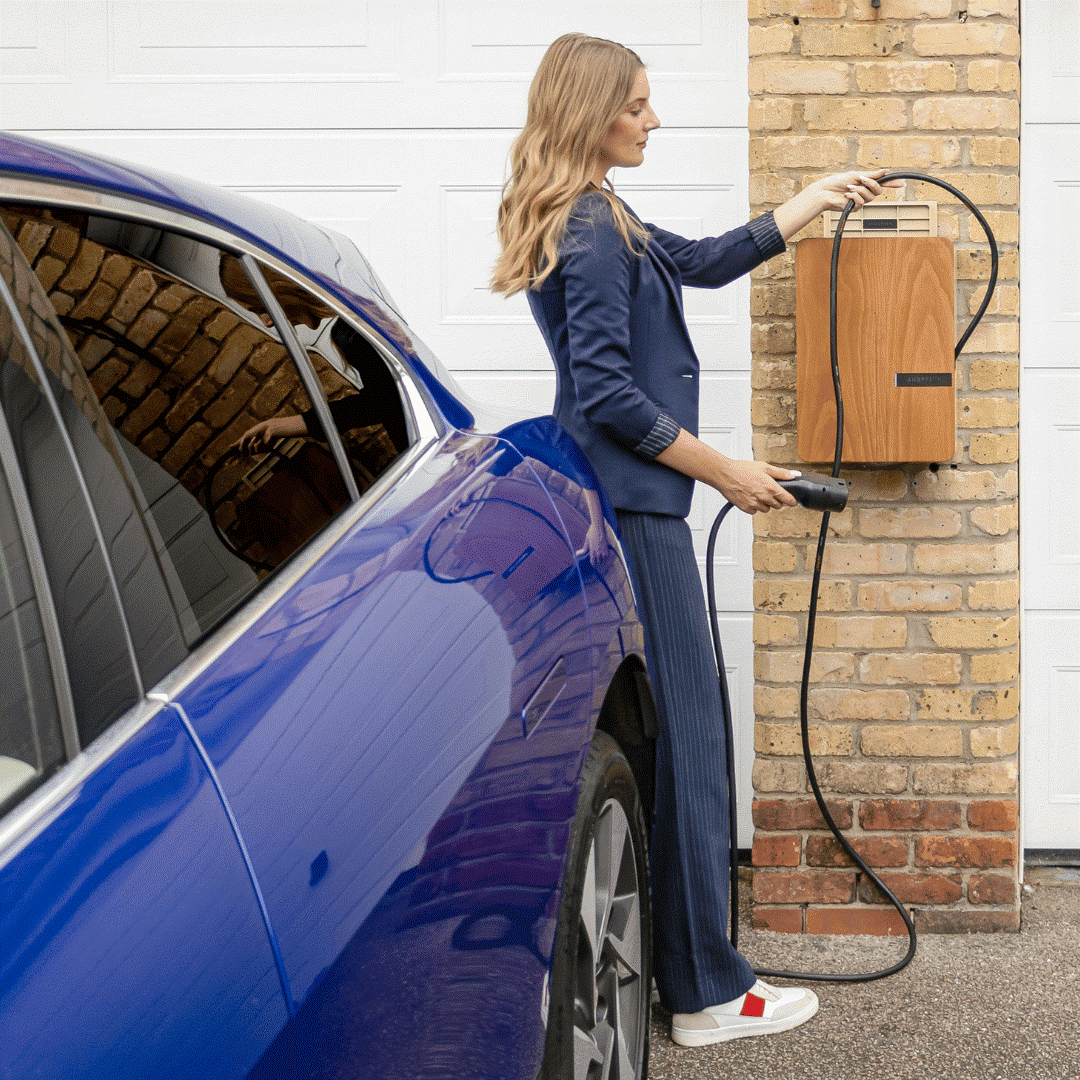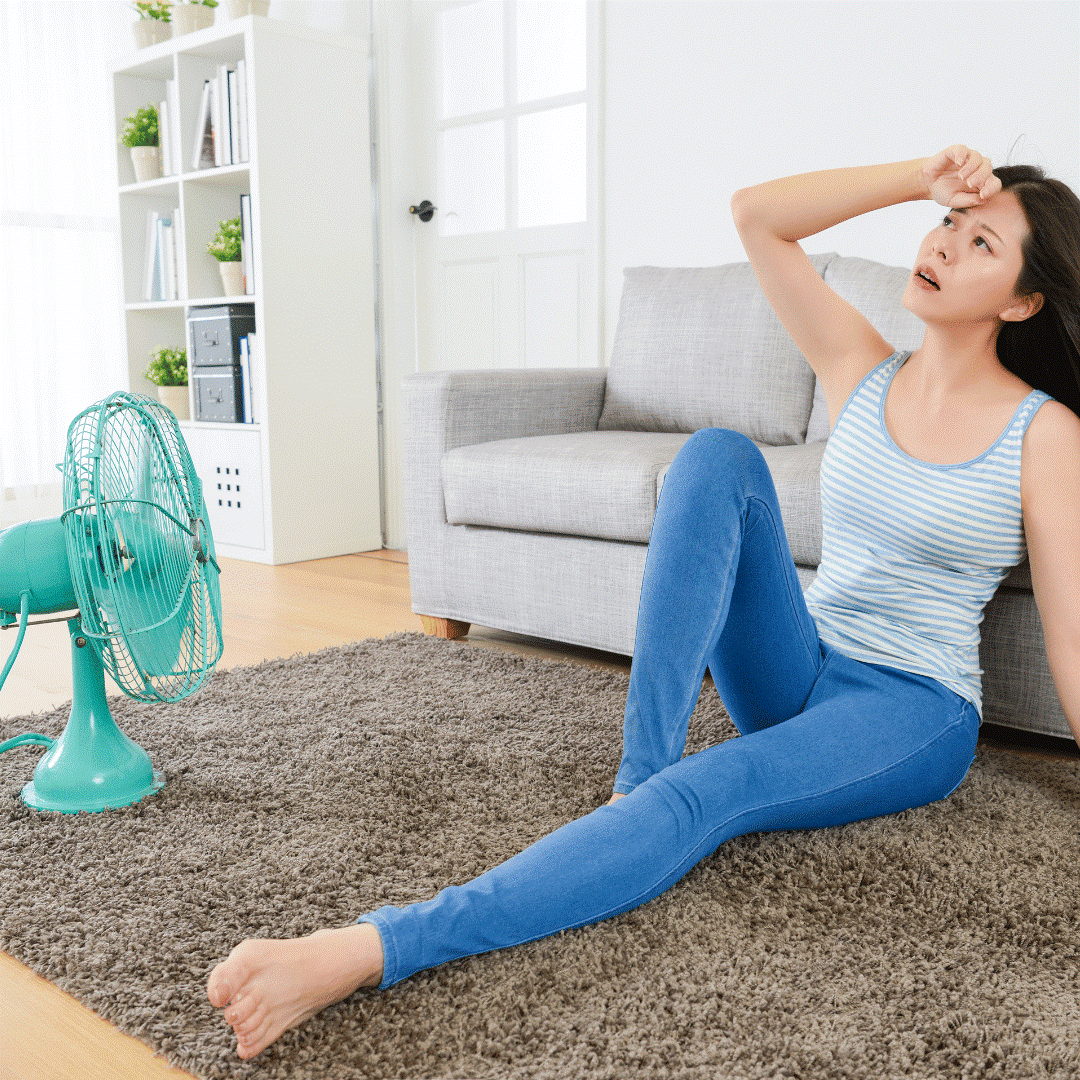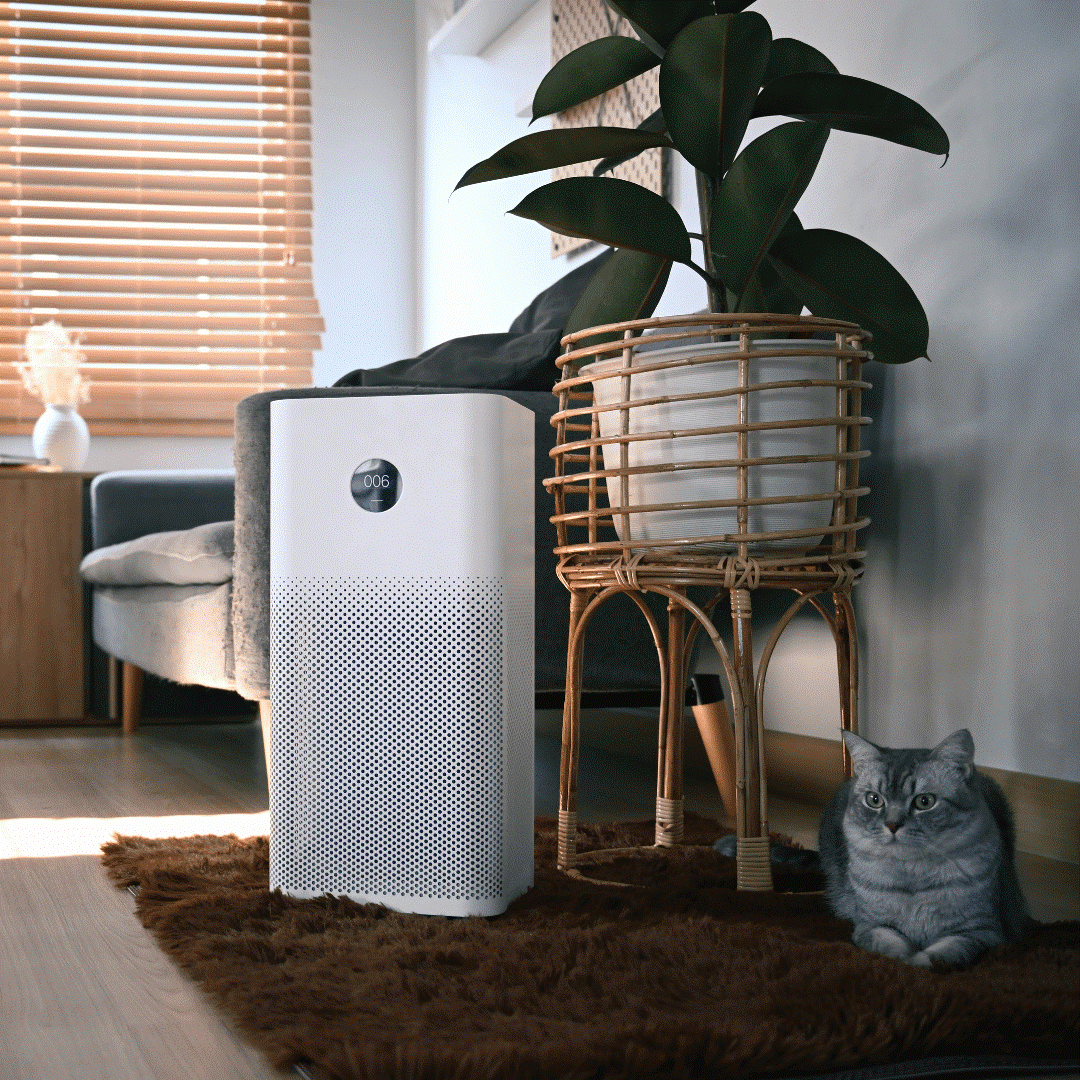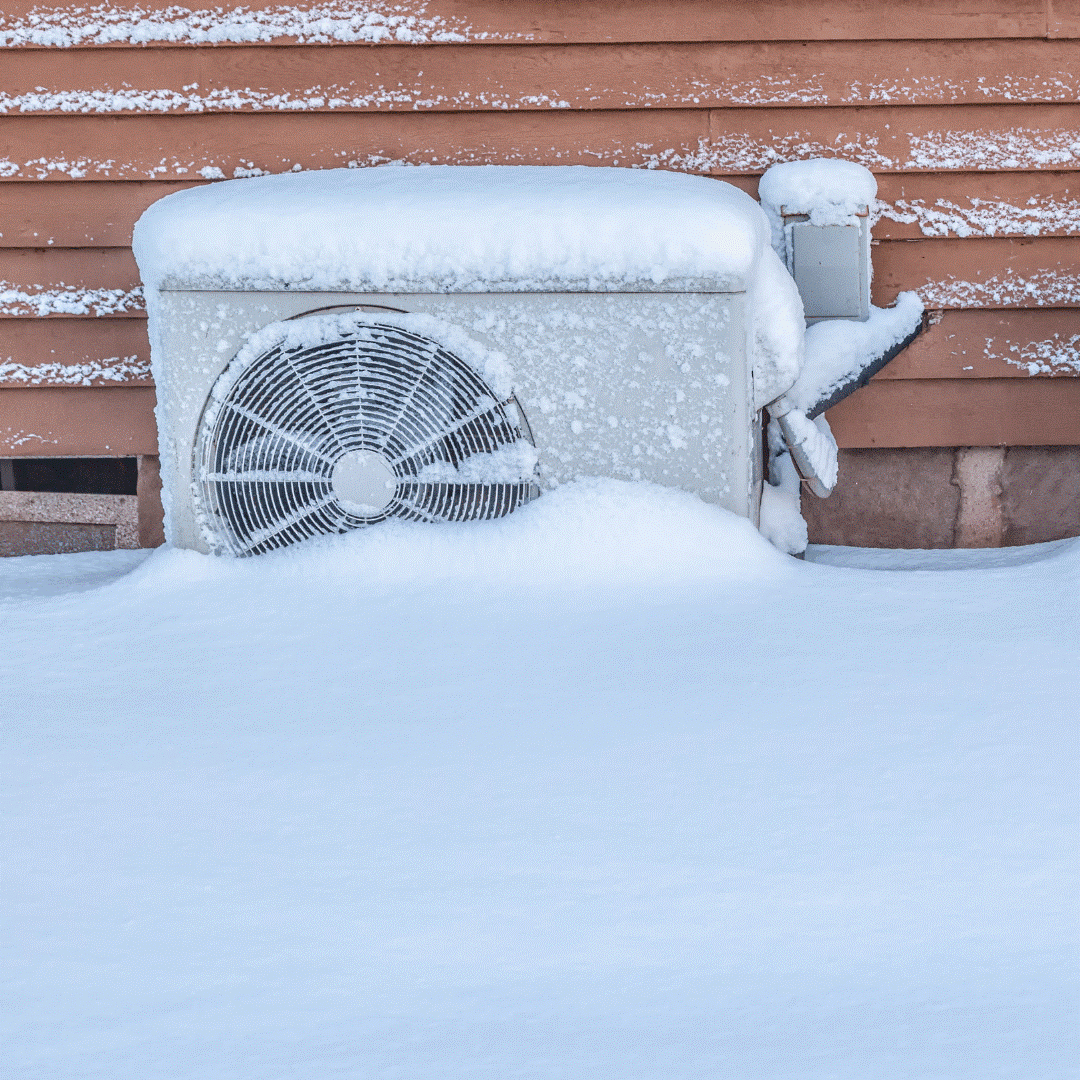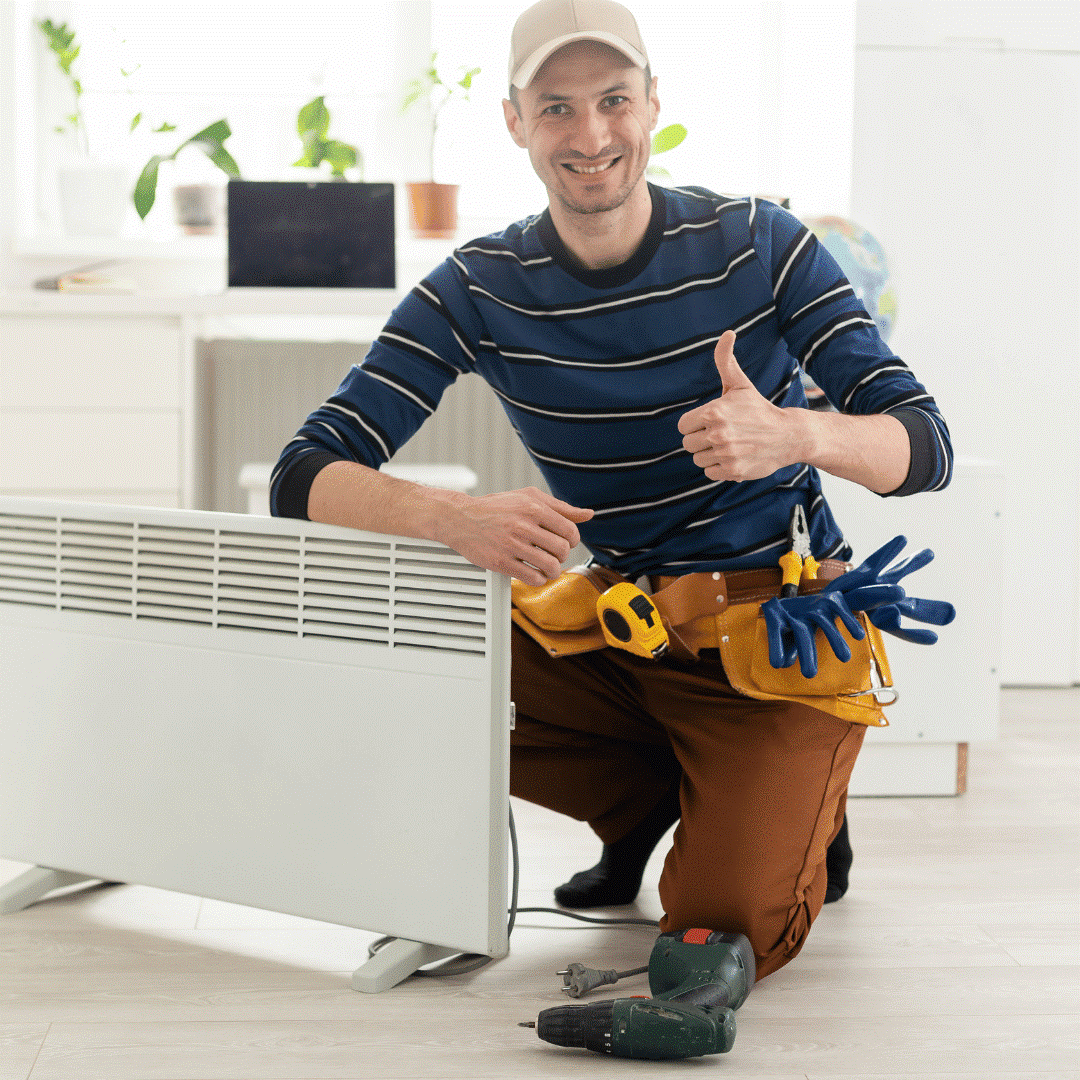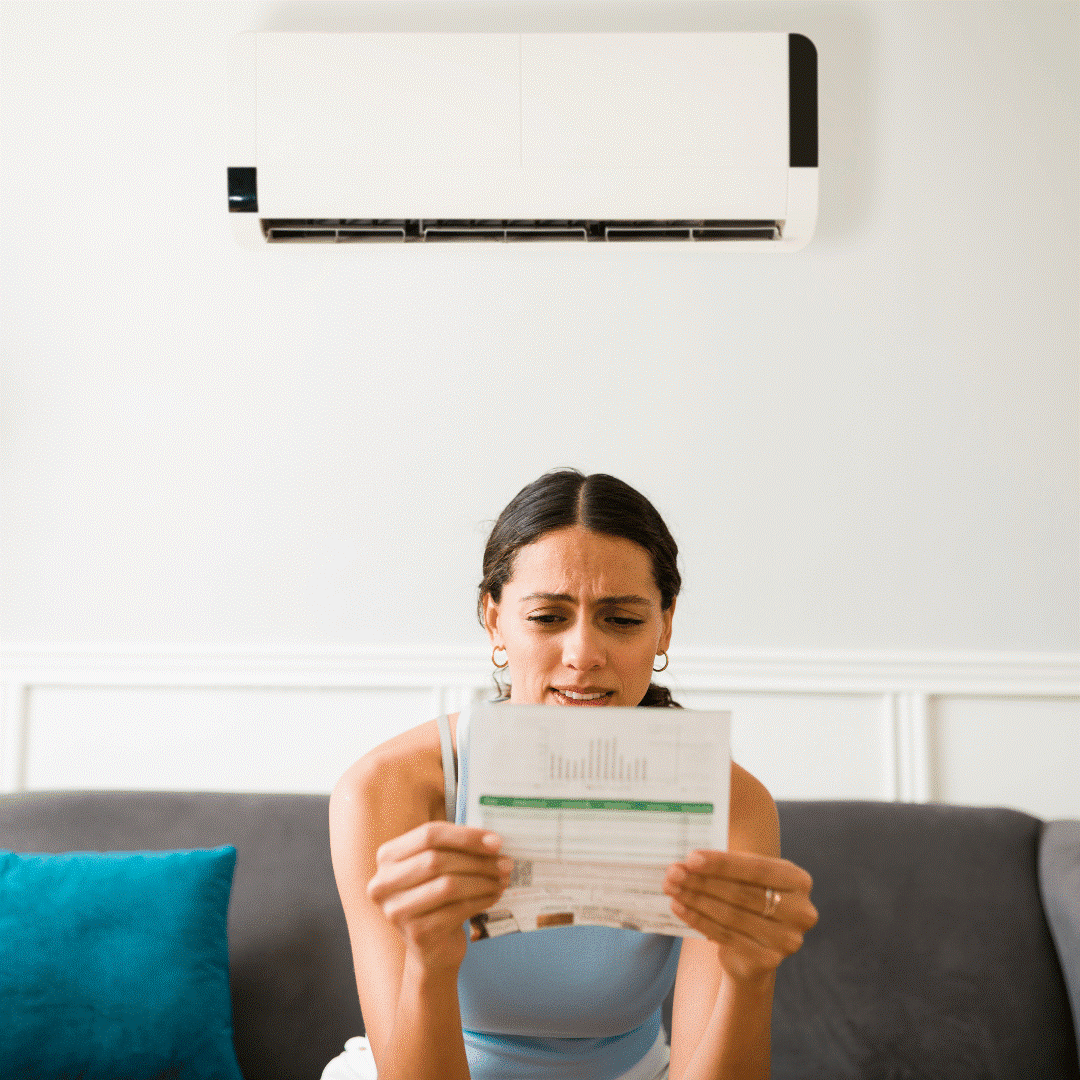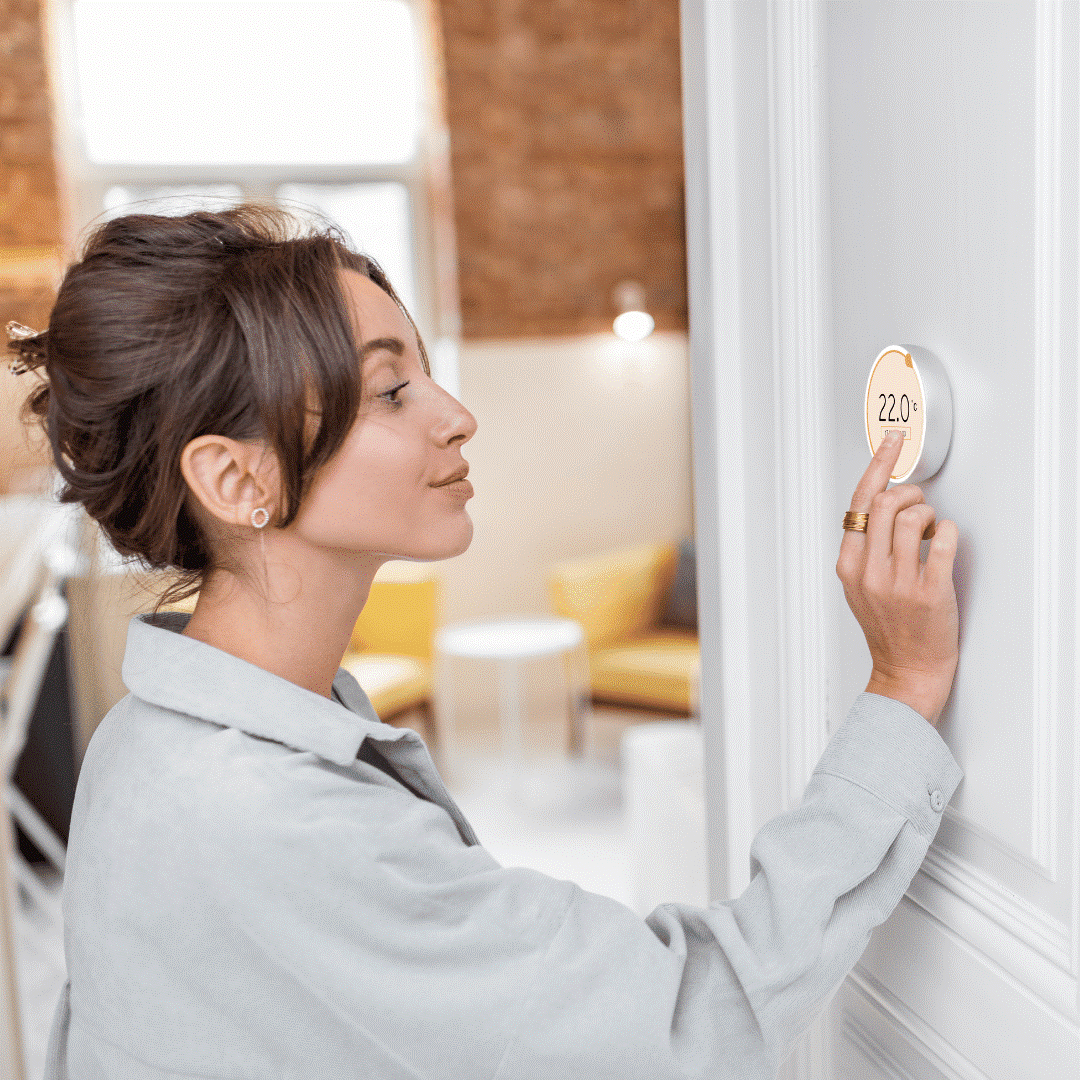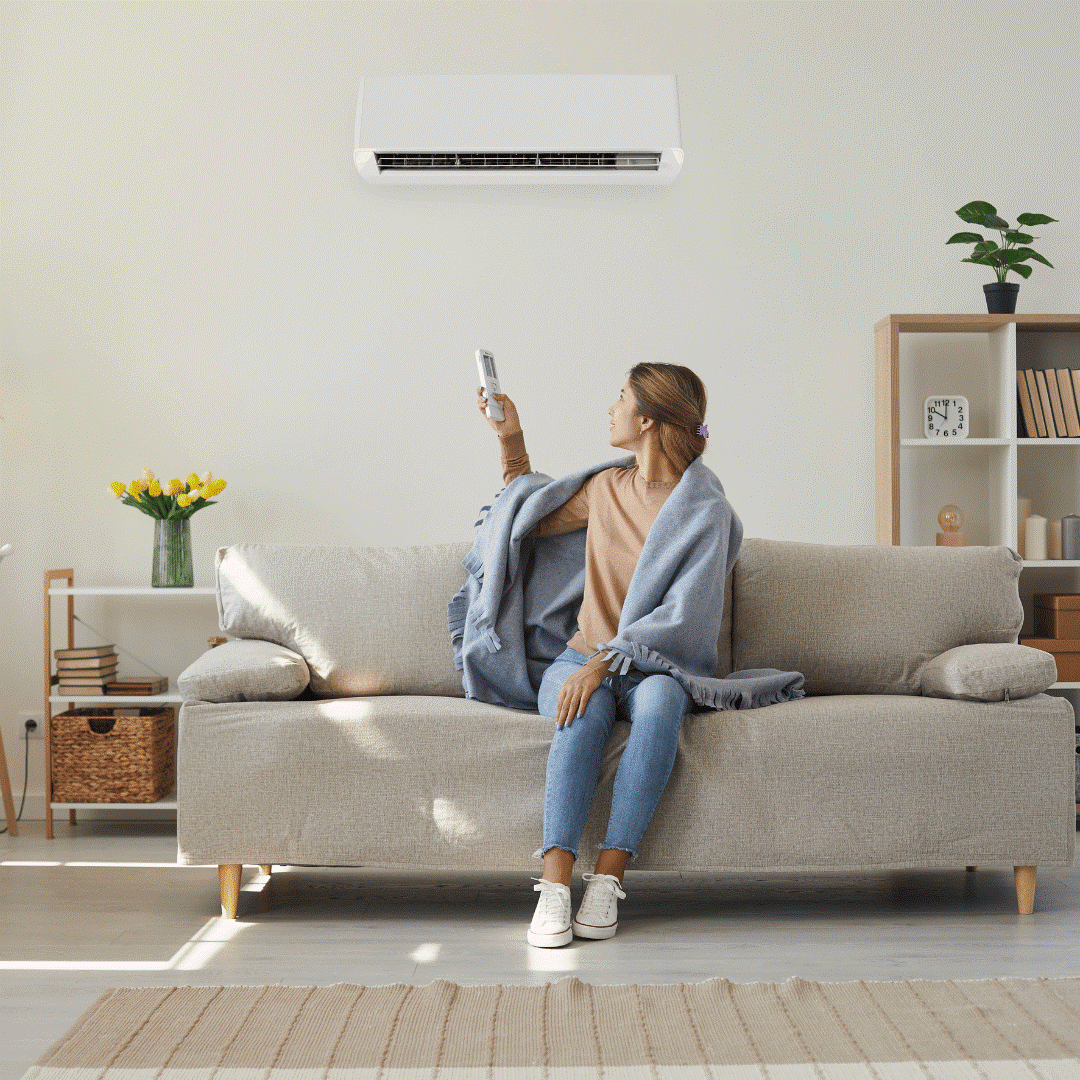How to Boost Your HVAC System’s Performance with Simple Airflow Adjustments
Is your HVAC system not keeping your home as comfortable as it should? Poor airflow HVAC performance might be the hidden culprit. Many homeowners think the equipment is failing, but in many cases, the real problem lies in restricted airflow. The good news? Adjusting airflow is one of the easiest and most cost-effective ways to improve performance, energy efficiency, and comfort.
Whether you’re fine-tuning your air conditioning system for the cooling season or optimizing your air conditioning heating combination systems, airflow is an important consideration. Proper airflow impacts air quality, energy savings, and even the lifespan of your unit.
This guide walks you through practical steps to boost airflow, explains why air quality matters, and shares how Salt Air Heating Cooling & Electrical can help you solve common HVAC pain points.
Why Airflow Is Critical to Your HVAC System’s Performance
Efficient airflow HVAC systems allow your air conditioner, furnace, or heat pumps to work at full capacity, delivering even temperature control across every room in your space. Without proper airflow, equipment struggles, wastes energy, increases electricity usage, and wears down faster.
Poor airflow can lead to:
- Uneven heating or cooling in your home.
- Higher energy bills due to inefficient performance.
- Early replacement of your unit from excess strain.
- Poor indoor air quality, stale air, and high humidity levels.
Optimizing airflow HVAC performance also helps maintain high SEER ratings and a strong energy efficiency ratio, ensuring your equipment runs efficiently for years to come.
Common Pain Points Homeowners Face with HVAC Airflow—and How Salt Air Can Help
Even the most advanced air conditioning system can struggle if the HVAC performance isn’t up to par. Many homeowners deal with comfort issues, higher energy bills, and poor indoor air quality without realizing these problems can be fixed.
1. Uneven Temperatures and Inconsistent Comfort
Uneven heating and cooling can make some rooms too warm while others feel freezing. This often happens due to blocked ductwork, poor vent placement, or insufficient capacity in the unit. Salt Air’s installation and maintenance services ensure airflow is balanced, duct leaks are sealed, and equipment is properly sized for your space, delivering equal comfort to every floor of your home.
2. Poor Indoor Air Quality and Stale Air
Lingering odors, dust buildup, or humidity problems often point to air cleaning and filtration issues. Salt Air’s team uses air purification systems, high-quality filters, and air cleaning technology to remove pollutants, improve air quality, and bring clean air into your home. We also assess ducting, doors, and walls to ensure your air conditioning and heating system functions efficiently without drawing in stale air.
3. Rising Energy Costs and Inefficient Performance
An air conditioner or heat pump that’s not running efficiently will drive up electricity usage. Low seasonal energy efficiency ratio (SEER ratings) or poor energy efficiency ratio (EER) often means it’s time to consider replacing or upgrading your equipment. Salt Air offers replacement, installation, and maintenanceoptions that improve performance, reduce energy waste, and maximize energy savings throughout the cooling season.
Signs of Poor HVAC Airflow
Knowing the early signs helps prevent costly repairs:
- Hot or cold spots in rooms, regardless of vent placement.
- Weak airflow from vents in your space.
- Higher energy bills despite regular maintenance.
- Stale air and reduced clean air.
Practical Steps to Improve Airflow and HVAC Efficiency
A well-functioning HVAC system is essential for maintaining indoor air quality, controlling temperature, and ensuring energy efficiency in your home. Poor airflow HVAC performance can lead to higher energy bills, uneven room temperatures, stale air, and reduced comfort during the cooling season or colder months. By addressing small but critical factors—such as ductwork, filtration, and equipment care—you can optimize air conditioning and heating functions, extend the life of your unit, and create a healthier living environment. Below are essential actions homeowners can take to improve air quality, reduce energy waste, and maximize system performance.
1. Inspect and Clean Your Air Ducts
Dust, debris, and mold in ductwork block airflow, lower energy efficiency, and hurt air quality. Professional HVAC technicians can assess and clean ducting, checking measured pressure and capacity.
Quick Tip: Schedule regular maintenance to keep ducts, vents, and equipment clear year-round.
2. Replace Dirty Air Filters
Clogged filters hurt airflow and performance, lowering SEER ratings and energy efficiency ratio scores. High-quality filters help maintain clean air and support air purification.
3. Adjust Ventilation Dampers
Dampers control how air flows between rooms and floors. Adjusting them ensures equal temperature distribution and better efficiency.
4. Maintain the Outdoor Unit
Outdoor equipment is essential for cooling and heating functions. Remove debris for better airflow and performance.
Pro Advice: Service your unit before cooling season starts to maximize energy savings.
5. Seal Doors, Windows, and Walls
Leaks waste energy and reduce performance. Sealing doors, windows, and walls improves air quality and lowers electricity bills.
6. Install Zoning Systems for Enhanced Control
Zoning divides your space into separate rooms or floors with individual temperature control, improving comfort and energy savings.
7. Check Your HVAC System’s SEER Rating
The seasonal energy efficiency ratio indicates how efficient your air conditioner or air conditioning heating unit is. High SEER ratings mean better cooling and energy savings.
8. Balance the Pressure in Your Home
Uneven pressure disrupts airflow and can cause drafts. Professional HVAC technicians can assess and fix ducting issues.
9. Schedule Routine Maintenance
Routine maintenance ensures efficient performance and helps avoid replacement. This includes checking the furnace, refrigeration, filtration, humidity, and ductwork.
10. Upgrade Your HVAC System If Necessary
Sometimes replacing old equipment is the most efficient choice. New systems provide heating, cooling, air cleaning, and air purification with advanced functions and higher SEER ratings.
Take Advantage of Professional Expertise
At Salt Air Heating Cooling & Electrical, our job is to give customers efficient airflow HVAC solutions. Whether you need installation, maintenance, or replacement, we assess factors like floor plans, ductwork, construction, and capacity to deliver top performance.
Final Thoughts
Optimizing airflow HVAC is an essential step toward lower energy bills, better indoor air quality, and improved performance. Whether it’s sealing doors, cleaning ducting, or upgrading equipment, small changes can make a big impact.
If you’re ready for better air quality, energy savings, and year-round comfort, contact Salt Air Heating Cooling & Electrical today.
